Cyanides refer to solid and solution forms of Sodium cyanide and potassium cyanide. The Safety Management of cyanides applies to the planning, layout, and site selection, design, production, storage, transportation, Emergency Rescue, and safety management of enterprises engaged in cyanide production.

I. Planning, Layout, and Site Selection
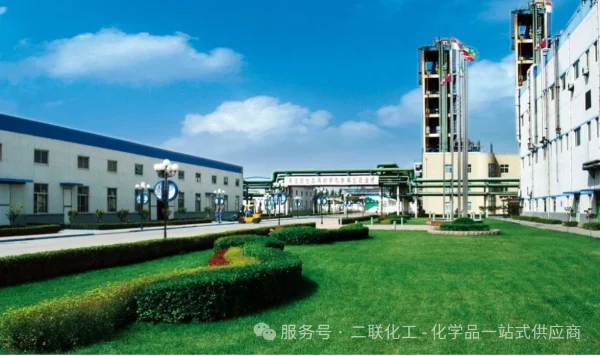
New construction, renovation, and expansion projects of Cyanides should be planned comprehensively and laid out rationally. The site selection should comply with local economic development and urban and rural development plans and should be constructed within a chemical industrial park. New construction, renovation, and expansion projects of cyanides, as hazardous chemical construction projects, should undergo safety reviews in accordance with relevant national laws and regulations.
II. Design
For new construction, renovation, and expansion projects of cyanides, an automated control system and an emergency stop button that meet safety production requirements should be set up. The design of the project should be carried out by a design unit with the corresponding qualifications, and the design should strictly follow the design specifications and standards that hazardous chemical construction projects need to comply with.
III. Production Safety
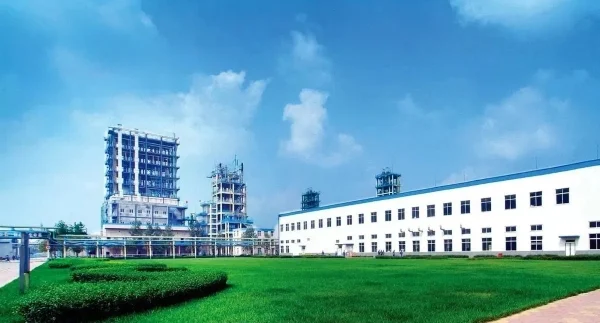
The material of the liquid hydrocyanic acid pipeline should be 304 stainless steel or above, and the materials of other production and storage equipment and pipelines in direct contact with cyanides should be 304 stainless steel.
The cyanide production device should be equipped with a sewage collection pipeline to discharge to the sewage treatment station. The cyanide wastewater collection pipeline should be made of anti-corrosion and anti-seepage materials. When carbon steel materials are selected, anti-corrosion and anti-seepage treatment should be carried out. The concrete floor of the production site should be treated with anti-corrosion and anti-seepage measures. The underground pipeline manhole should be treated with anti-corrosion and anti-seepage measures using reinforced concrete.
An alkali liquor spray absorption device should be set up for the emergency venting chimney of the liquid cyanide production device. The power supply of the alkali liquor spray pump should be equipped with a backup power supply to achieve rapid switching.
The circulating ventilation system should not be used in the workplace. The height of the exhaust stacks of the tail gas and local exhaust devices should not be lower than 25 meters.
When working in hazardous places where toxic and harmful gases are generated, there should be more than two operators. One person operates while the other person monitors, and the operators should be monitored throughout the process. Each production and storage post should be equipped with more than two self-contained oxygen breathing apparatus and long-tube breathing apparatus.
IV. Storage Safety
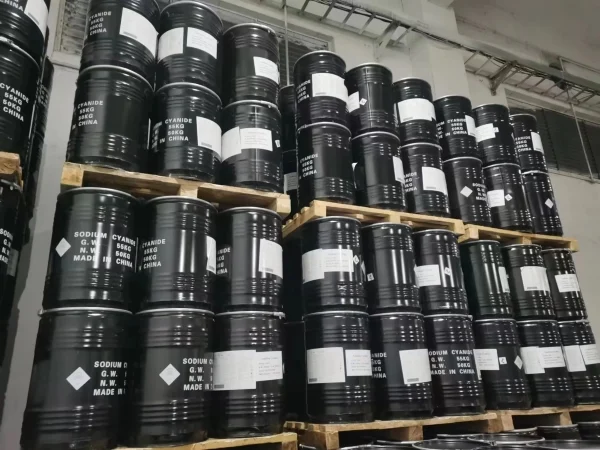
The warehouse for solid cyanides should be a dedicated warehouse, stored in a well-ventilated and dry place. The "five pairs" system of double-person receipt and dispatch, double-person accounting, double locks, double-person transportation, and double-person use should be strictly implemented, and a 24-hour alarm and monitoring system should be set up.
The liquid cyanide storage tank should be made of alkali-resistant materials. The liquid cyanide should be fully cooled before entering the storage tank, and the temperature of the storage tank should be kept below 25°C to prevent the polymerization and decomposition of the liquid cyanide. The storage tank must be equipped with a high liquid level alarm and an automatic interlocking device for cutting off the feed when the liquid level is extremely high. A weir should be set up in the liquid storage area, the ground should be treated with anti-seepage measures, and a transfer tank or liquid storage pool should be equipped.
V. Transportation Safety
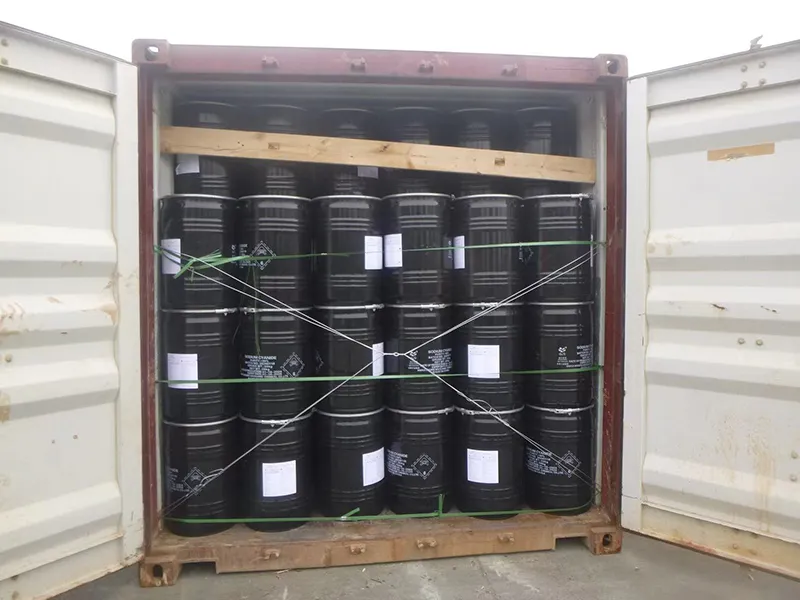
The loading and unloading operations of cyanides should be carried out under the on-site command of the loading and unloading management personnel. Before and after the loading and unloading of the transportation vehicle, it should be thoroughly cleaned. The loading and unloading management personnel should carefully check whether the specifications and quantity of cyanides are consistent with the consignment documents; the escort should carry the road dangerous goods Transportation Safety card and the safety technical specification of cyanides. For tank vehicles transporting liquid cyanides, the vehicle tank should be inspected and qualified and within the valid period.
Liquid cyanides should be transported by pipeline within the factory. The material of the transportation pipeline should be stainless steel not lower than 304. The connection ports can be flanges, and the other parts should be welded. The welds should be 100% flaw-detection tested. The transportation temperature should not exceed 25°C, and the outer jacket of the pipeline should be provided with cold insulation measures. The transportation pipeline should adopt a circulating extraction method. A linkage device of toxic gas alarm and automatic closing of the cut-off valve should be installed at the flanges of the transportation pipeline or at the locations where leakage may occur. The transportation pipeline should be equipped with a line blowing device, which is preferably a semi-fixed blowing joint. After the transportation is completed, an inert gas should be used to blow the liquid back into the storage tank, and a waste liquid recovery device should be installed at the liquid discharge port.
VI. Emergency Rescue
Cyanide production enterprises should establish and improve emergency organizations and full-time (part-time) emergency teams, configure emergency equipment and materials that are suitable for withstanding the risks of the enterprise, prepare emergency response plans, and conduct regular emergency drills. The cyanide concentration monitored on-site should be less than 1mg/m³, and a notice board should be set up.
Dry powder and sand can be used for fire extinguishing. Carbon dioxide and acid-base fire extinguishers are prohibited for fire extinguishing. Firefighters must wear gas masks and full-body fireproof and anti-toxic clothing and fight the fire upwind. Dikes should be built to collect fire-fighting sewage for treatment, and it should not be discharged randomly.
When there is a leakage, try to cut off the leakage source as much as possible to prevent the leakage port from coming into contact with water. Stay away from the leakage site, evacuate irrelevant personnel, and demarcate the warning area. Pay attention to staying upwind. It is prohibited for the leaked substances to flow into restricted spaces such as water bodies, underground pipelines, or flood discharge ditches.
- Random Content
- Hot content
- Hot review content
- Lead nitrate 99%
- Anhydrous Ammonia 99% Liquid
- Ammonium Persulfate Industrial Grade 98.5%
- Dodecylbenzenesulfonic acid
- Lithium chloride, 99.0%,99.5%
- Ethylene carbonate
- Sodium Dimethyldithiocarbamate 95% solid, 40% liquid
- 1Discounted Sodium Cyanide (CAS: 143-33-9) for Mining - High Quality & Competitive Pricing
- 2China's New Regulations on Sodium Cyanide Exports and Guidance for International Buyers
- 3Sodium Cyanide 98% CAS 143-33-9 gold dressing agent Essential for Mining and Chemical Industries
- 4International Cyanide(Sodium cyanide) Management Code - Gold Mine Acceptance Standards
- 5China factory Sulfuric Acid 98%
- 6Anhydrous Oxalic acid 99.6% Industrial Grade
- 7Oxalic acid for mining 99.6%
- 1Sodium Cyanide 98% CAS 143-33-9 gold dressing agent Essential for Mining and Chemical Industries
- 2High Quality 99% Purity of Cyanuric chloride ISO 9001:2005 REACH Verified Producer
- 3Zinc chloride ZnCl2 for High Molecular Weight Polymers Initiator
- 4High Purity · Stable Performance · Higher Recovery — sodium cyanide for modern gold leaching
- 5High Quality Sodium Ferrocyanide / Sodium Hexacyanoferr
- 6Gold Ore Dressing Agent Safe Gold Extracting Agent Replace Sodium Cyanide
- 7Sodium Cyanide 98%+ CAS 143-33-9



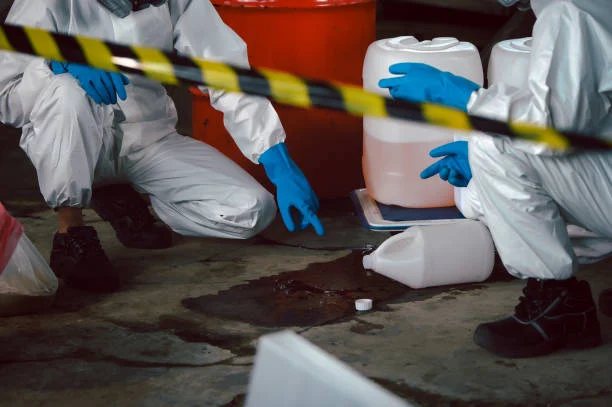
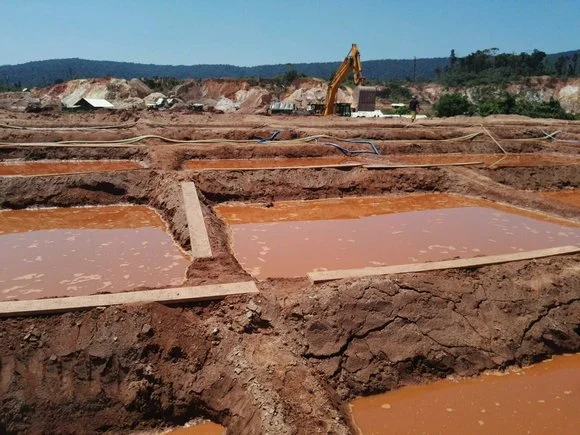

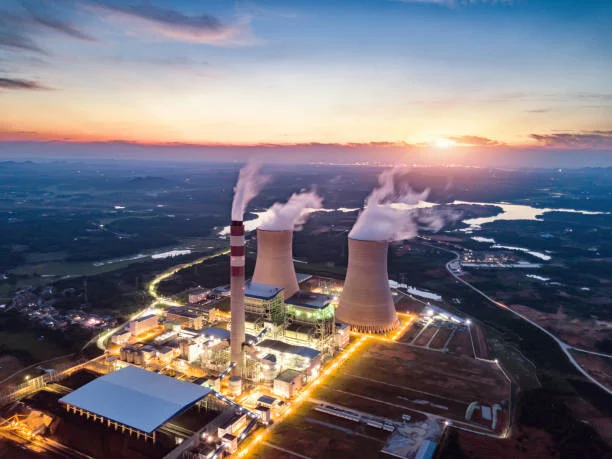

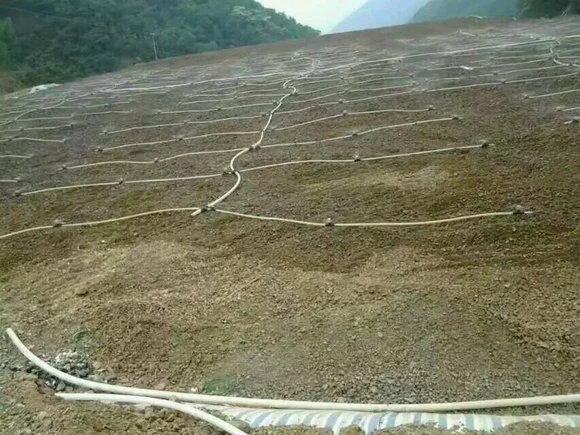


Online message consultation
Add comment: